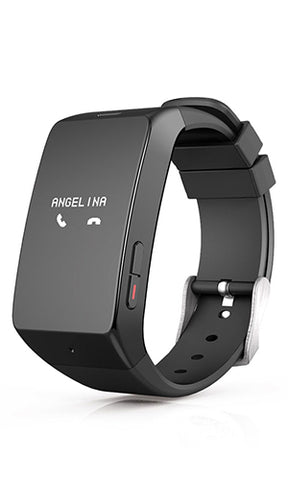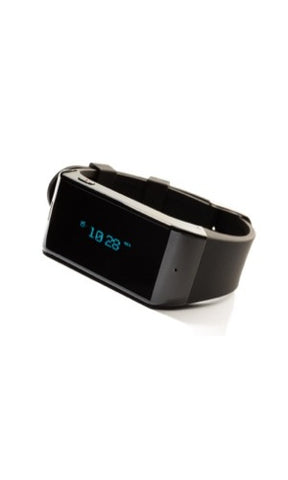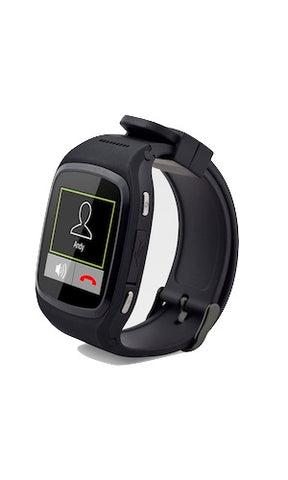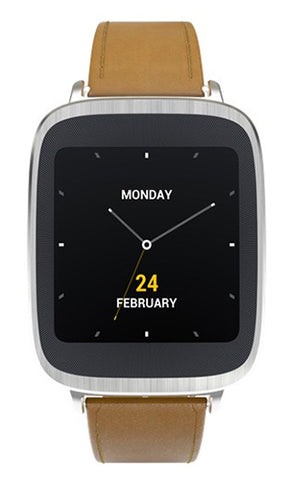Wearables may have to become “invisibles” for better adoption
Written By
Wearables.com
Do you remember when tablets first became popular? In 2012, two years after the first-generation iPad had been released, 31 percent of Internet users in the U.S. owned a tablet. It seems that wearables are set for the same path of adoption.
It’s an exciting time to witness the wearables revolution: The Apple Watch is finally available to the public; companies like GoPro and Athos have formed partnerships with professional sports teams and leagues; and smartwatches were the focus of Baselworld 2015. What could ever hold the industry back?
As it turns out, wearable technology may just look too obvious. The Center for the Future of Work claims that consumers are “still held back by the notion that [wearables] might look a little too futuristic.” CEO of FitLinxx Dave Monahan agrees. “I truly believe we are not going to win the wearables war or be successful unless the product is invisible and kind of fades into your life,” he told BBC.
Information technology research firm Gartner just released a study that estimates 30 percent of wearables will be “unobtrusive to the naked eye” by 2017. Wearables won’t look like wearables anymore — they’ll be “invisibles.” That doesn’t mean they’ll actually be invisible, but they’ll be disguised as something else or hidden altogether.
Some companies are already taking new approaches to make wearable technology less obvious and more convenient.
FitLinxx makes the ArmStrip, which is an activity tracker worn on the chest like a Band-Aid. The waterproof strip can sit on your torso for up to seven days with an adhesive. “Our use case is an athlete trying to train for an event, and they want 24/7 information but not something that’s going to get in the way,” said Monahan.
Smart clothing, which is much more discrete than smartbands like Fitbit or Jawbone, is also taking off. Startups like Athos and Spree are going against fitness giants like Under Armour to create the best new workout gear. Spree recently won TMC’s Wearable Product of the Year Award for its SmartCap, an activity-tracking technology disguised inside a normal baseball hat. It’s not a perfect example for what invisibles could become, but it’s a start.
Karten Design and Starkey Hearing Technologies are working together on their own “invisible,” an unnoticeable hearing aid. “We created original (yet intuitive) ways to control the hearing aid, such as the natural gesture of sweeping back your hair to avoid drawing attention to the device,” Karten Design president Stuart Karten wrote for VentureBeat.
Karten says that invisibles should be “minimal, simple, intuitive devices that are seamlessly integrated into our lives.” They will not be distracting or flashy like smartwatches; instead, they will be extensions of the human body. Basically, gadgets are going to look a lot less like gadgets in the future.
If Gartner’s study tells us anything, it’s that wearable technology companies are beginning to focus more on design and convenience. The hope is that consumers will then be more willing to adapt the devices. There may well come a day when all wearables will be invisible.
The post Wearables may have to become “invisibles” for better adoption appeared first on Wearables.com.
Tags: activity tracker, Activity Trackers, Featured Items, smart clothing




